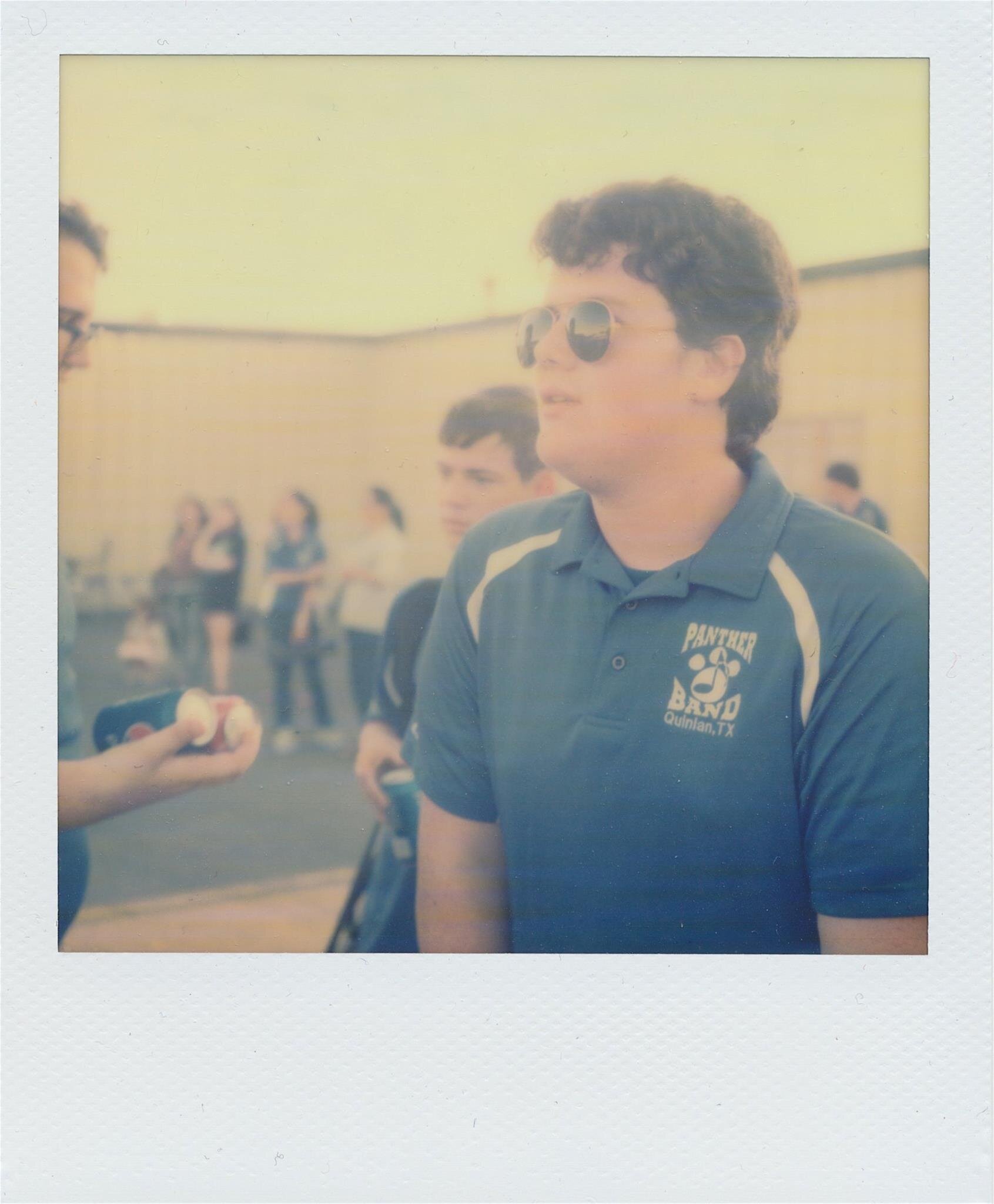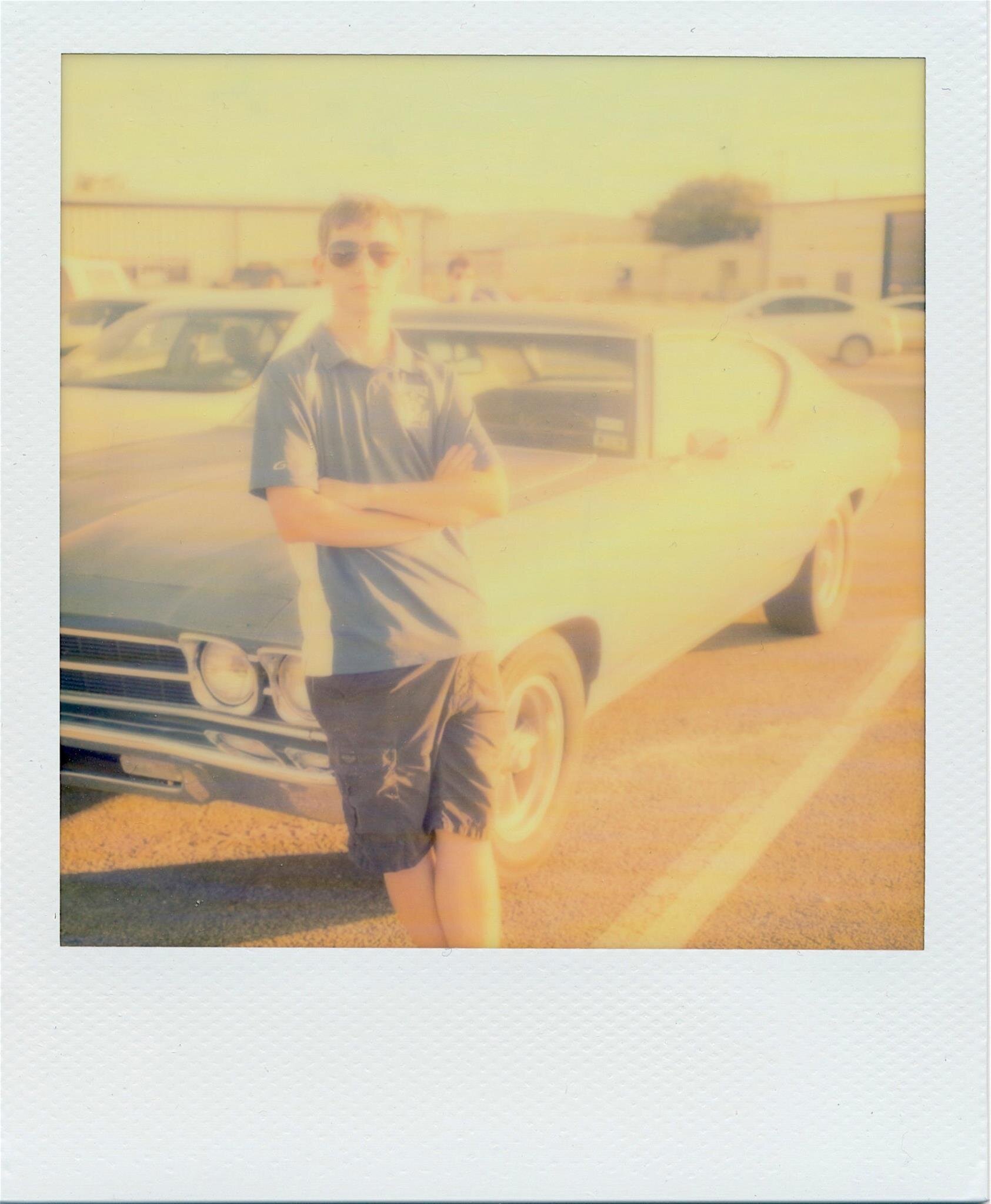You got finally got your Polaroid camera and film and you’re excited about finally getting to take some photos. You get your model (your cat, dog, mom, dad, friends, whoever) posed just right and click the shutter release and hear that oh-so-pleasing motor noise as the first frame is eject. You wait patiently as the image slowly appears. Its kinda faint and has some weird coloring, got some smears but those are hopefully fading, but there’s an image there. You wait some more… And some more, for what feels like forever. When finally you figure the image is done. But as you behold your first polaroid image, the excitement melts into disappointment.
“Did I do something wrong?” is always your first thought.
“Maybe its the camera?”
“Maybe its the film? Is my film bad?”
What’s Wrong with My Polaroid Pictures?
There are a lot of things that could go wrong during the process, so don’t feel bad if your first images aren’t coming out right. Here’s a quick reference guide of things you can do to help make sure you get the best possible images when using Polaroid Film.
1. Don’t Let Any Light Hit the Polaroid When it Ejects from the Camera
Most of the newer cameras come with a frog tongue already installed in the slow where the film is ejected for this very purpose. The old Polaroid films were not as sensitive to light as the modern film is. Beginning with the Impossible Project and then Polaroid Originals and now back to Polaroid, all of the modern film suffers from a very serious light sensitivity issue. I didn’t learn this was an issue for quite some time back in the Impossible Project days and so a lot of my images were ruined from light exposure early in the developing process.
The best way to protect your film is to immediately get it out of any light, even if its still under the frog tongue. I make a practice to have a dark bag or keep the film box handy and as soon as the images are ejected, I put them directly in the dark somewhere and don’t look at them until they are completely developed.
If you’re using an older camera, like a Polaroid SX-70, you can purchase a frog tongue for your camera and its very easy to install. I have one for my SX-70 and it has saved me a lot of heartache with the developing process.
2. Temperature Control is so Very Important for Polaroid Film
Unused film exposed to heat and cold will cause a drastic color cast in your final image. Developed film will have either a yellowish or purple hue. Its definitely noticeable and once exposed to drastic temps, the film will not develop correctly.
Polaroid film also needs a stable temperature to develop correctly. If it’s cold out, stick the film in a pocket close to your body to keep it warm. If its warm out, get the frame somewhere cool as quickly as you can. Polaroid produces what is a fair weather film and using it in any harsh conditions means that you must give the film special care.
3. Avoid Purchasing Older Polaroid Film Packs
As Polaroid film ages, it doesn’t always seem to produce as good of results. Many of the film packs actually have their manufacture day stamped subtly somewhere on the box. Look for it and try to get the newest, freshest packs you can get.
Also, Polaroid does continually make small shifts and adjustments to their film. The new films generally offer the best results. While you can buy Polaroid film from local retailers like Target, Walmart, BestBuy, and others, I have found that ordering it directly from Polaroid gets me the freshest film packs.
4. Keep Your Rollers Clean
In the beginning, it was very common for the chemical pods in the films to leak out a little. Often the rollers of your camera would have dried chemical build up on there after a few photos and that will cause the rollers to struggle to spread the chemical evenly across the exposed film. A Q-Tip and a little Isopropyl Alcohol will clean those rollers right up!
5. I’ve got Blue Streaks on my Polaroid Film
This issue first showed up after then name changed from The Impossible Project to Polaroid Originals. The blue streak issue has mostly gone away with the newest of films, but it occasionally still shows up. Especially in older films. Unfortunately, there isn’t really anything you can do for the blue streak issue. They can sometimes add to the look but more than likely they’ll just mess up your image. This phenomenon has a specific name, Opacification Failure.
6. My Polaroid is Blurry
More than likely, its motion blur from a long shutter speed tryin get film exposed properly. If you’re images are turning out blurry, then you can move to an area with better lighting, or add/turn on the flash on your camera.
It could also be an issue of you being too close to the camera. All cameras/lenses have a minimum focal range. The minimal focus range for most Polaroid Instant Cameras is about an arm’s length. Anything close just won’t focus.
7. My Polaroid is Too Dark
The image is under exposed. Polaroids require a decent amount of light. Daylight or a flash are almost always required to get a proper exposure. Try turning your flash on, using a reflector to move some light around, or move your subject to a location where there is plenty of light.
Polaroid 600 and I-Type film work a little bit better in darker situations than the SX-70 Polaroid film does. Polaroid SX-70 film requires ridiculous amounts of light to expose correctly!
Other Polaroid Trouble Shooting Resources
If these tips don’t help you get the best photographs ever, then head on over to the Polaroid trouble-shooting page HERE. There are a lot of resources there to help you figure out what exactly might be going on with your film.
I’ve got a few other resource posts on Polaroid Film - take a look at those post by clicking the links below:
Is Polaroid Bringing Back Peel-Apart Film?







